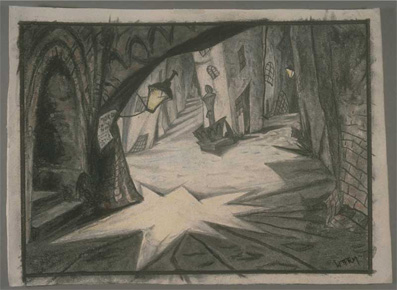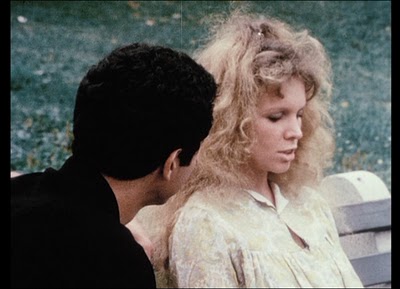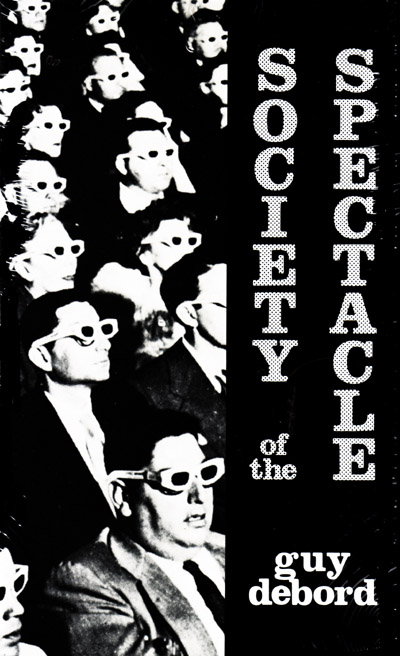From the January 1973 issue of the short-lived Saturday Review of the Arts. — J.R.
Henri Langlois’s latest creation, the Cinema Museum in Paris, finally opened last summer, a year and a half behind schedule. Only a few of the exhibits were labeled, and five months later the long-awaited catalogue of the exposition has not yet appeared. But even in its present state, the Cinémathèque Française is already the most influential film archive in the world.

Langlois’s “Seventy-five Years of Word Cinema” occupies sixty rooms in the curving promenade of the Palais de Chaillot, directrly across the Seine from the Eiffel Tower; the present exhibit represents less than one-tenth of the Cinémathèque’s collection of movie memorabilia. From the beginning, the Turkish-born film historian has tried to save everything: to impose selective criteria, he believes,is to anticipate the critical standards of the future. If the result is a cross between a crowded attic and a carnival funhouse, with all its calculated effects, this approach also permitted such young critics as Jean-Luc Godard, Jacques Rivette, and François Truffaut in the 1950s to take crash courses in every kind of cinema before making their own movies.

The vision of the Cinémathèque’s founder encompasses both Marilyn Monroe and Eisenstein; stray souvenirs and essential artifacts are given equal prominence. Read more
From the Chicago Reader (September 1, 1998). — J.R.

Seeing this singular 1968 American experimental feature by William Greaves a second time (on video; the first time was in 1981, in its original 35-millimeter format) has led me to value it more, though arguably the fact that it loses relatively little impact on video constitutes one of its limitations. Greaves, a pioneering black actor whose career stretches back to postwar films made for black audiences as well as the underrated Hollywood feature Lost Boundaries, went on to direct over 200 documentaries, host and executive produce NET’s Black Journal, and teach acting at the Lee Strasberg Theatre Institute. For this eccentric venture, he got two white actors to play a quarreling couple in Central Park and proceeded to film not only them (in both rehearsal and performance) but also himself and his camera crew and various other people in the vicinity, often juxtaposing two or three camera angles simultaneously in split screen in the final edit. The crew’s own doubts and speculations about the film being made were also recorded later and edited into the mix. The couple’s quarrel is vitriolic and singularly unpleasant, the acting variable, the collective insight into what Greaves is up to mainly uncertain. Read more
From the Chicago Reader (February 21, 1997). — J.R.

Can Dialectics Break Bricks?
Rating ** Worth seeing
Directed by Rene Vienet (and Doo Kwang Kee)
Written by Vienet (and Ngai Hong)
With Pai Paiu, Chan Hung Liu, Ingrid Wu, and the voices of Jacques Thebaut, Patrick Dewaere, Michelle Grellier, and Dominique Morin.

“This is a situationist film. This is not a situationist film,” begin Keith Sanborn’s notes to Rene Vienet’s Can Dialectics Break Bricks? — a French film in color being shown at Chicago Filmmakers this Saturday in a subtitled, black-and-white, letterboxed video version. I think Sanborn, an experimental filmmaker, is referring to the fact that Vienet’s film was made in 1973, the year after the Situationist International disbanded and two years after Vienet — who joined the situationists in 1963 — resigned from their ranks.

I don’t know much about the situationists, but according to critic Peter Wollen they formed out of a split within an earlier radical artistic and political group, the lettrists, who sort of took over the mantle of the French avant-garde from the surrealists after World War II under the leadership of Isidore Isou. The “dissident Revolutionary Lettrists,” as Wollen called them, were led by two young filmmakers, Guy Debord and Gil Wolman, who went on to become situationists. Read more






